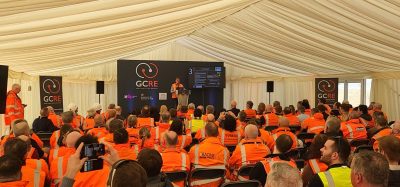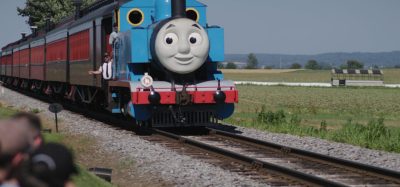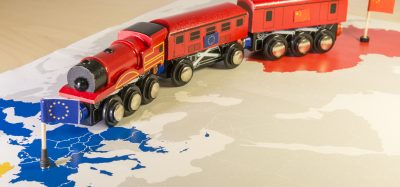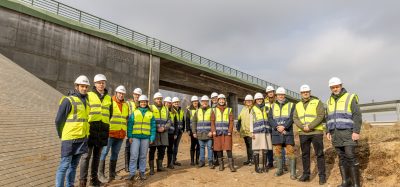Smart technology has preserved the UK railway’s safety record
Posted: 13 July 2018 | Global Railway Review | No comments yet
Smart use of data and technology is helping to protect and enhance Britain’s excellent rail safety record, according to rail safety body, RSSB…
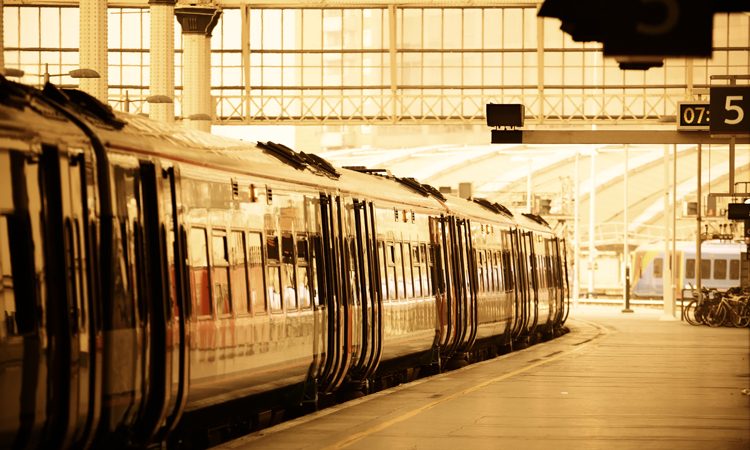

Recently released figures have confirmed train travel to be one of the safest forms of transport, with the car being 21 times as risky, the bicycle nearly 350 times and motorcycle nearly 1,400 times more dangerous than travelling by train.
2017-18 was the 11th year in a row in the UK without a train collision or derailment that led to death of passengers or the workforce. There has also been a reduction in the number of accidents that didn’t cause harm but had the potential to do so under different circumstances.
Despite a one per cent drop in growth in rail travel in the 2017-18 financial year, RSSB stresses that over the longer term there has been substantial unanticipated growth, resulting in a railway network at or near full capacity, with 1.7 billion passenger journeys made. This puts a lot of pressure on the system in terms of risk.
By collecting and analysing a wide range of safety data, intervention in the right areas where risk can be managed or reduced has been targeted. This is yielding significant benefits, with reductions in risk of 26 per cent at level crossings and 11 per cent for derailments since 2014. The risk from signals passed at danger is just a third of what it was in 2006.
However, figures have also revealed adverse performance in other key risk areas including assaults and abuse of both passengers and rail staff, and trespassing. The industry has been mobilising new programmes to address these risks, including wearable technology such as body cameras. A survey of 700 staff, indicated that 94 per cent reported experiencing workplace abuse in the last 12 months, with 30 per cent seeing abuse directed at them daily.
RSSB’s Director of System Safety, Health and Wellbeing, George Bearfield, said: “Rail remains one of the very safest forms of transport, a position supported by our analysis of the safety data from across the national rail network in the last year. In particular, in those areas where industry is working together with sustained focus – such as train accidents and level crossings – real, measurable improvements continue to be seen. No one is complacent and the industry is already mobilising to address those areas where we haven’t seen success – such as trespass, assaults and abuse. Rail has a proven blueprint for successful, collaborative, risk management to apply, and emerging technology – such as monitoring systems and wearables – are also providing opportunities for improvement and showing some early signs of success.”




